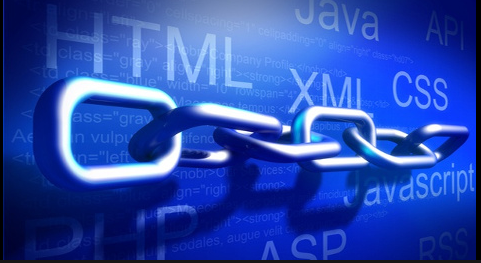In today’s digital landscape, PHP applications power countless websites and online tools. While PHP offers versatility and ease of use, it’s crucial to prioritize PHP application security. Unsecured applications are vulnerable to cyberattacks, which can lead to data breaches, compromised user information, and reputational damage. This blog post equips you with essential strategies to fortify your PHP applications and prevent vulnerabilities from jeopardizing your data and user trust.

Understanding Common PHP Vulnerabilities: The Threats You Face
The first step towards securing your PHP applications is understanding the common threats. Here are some of the most prevalent vulnerabilities to be aware of:
SQL Injection:
Hackers can inject malicious code into your application’s database queries, potentially allowing them to steal sensitive data, modify information, or even take control of the database server.
Cross-Site Scripting (XSS):
Attackers can inject malicious scripts into your application, which can then be executed in a user’s browser. This can lead to attackers stealing user cookies, session data, or redirecting users to malicious websites.
Cross-Site Request Forgery (CSRF):
Attackers can trick a user’s browser into performing unauthorized actions within your application. This could involve unauthorized money transfers, changing account details, or sending unwanted emails.
File Upload Vulnerabilities:
Improper validation of uploaded files can allow attackers to upload malicious scripts or code onto your server, potentially compromising the entire system.
Insufficient Input Validation:
Failing to validate user input can allow attackers to inject malicious code or manipulate data within your application.
fortifying Your Defenses: Essential Security Measures for PHP Applications
Now that you understand the threats, let’s explore some key security measures to fortify your PHP application:
Input Validation:
Always validate user input to ensure it meets expected criteria. Sanitize data to remove harmful characters or code before processing it within your application.
Prepared Statements:
Utilize prepared statements for database queries to prevent SQL injection attacks. Prepared statements separate the SQL code from user input, eliminating the risk of malicious code injection.
Parameterized Queries:
Similar to prepared statements, parameterized queries provide a secure way to execute database queries by binding user input as parameters separate from the SQL code.
Output Encoding:
Encode user-generated content before displaying it on your web pages. This helps prevent XSS attacks by preventing malicious scripts from being executed in a user’s browser.
User Input Sanitization:
Sanitize user input to remove potentially harmful characters or code before processing it within your application. This can involve techniques like filtering, escaping, and trimming.
Secure Password Storage:
Never store passwords in plain text. Use strong password hashing algorithms like bcrypt to securely store passwords in your database.
Session Management:
Implement secure session management practices. Use HTTPS for secure communication, set session expiration times, and avoid storing sensitive data in user sessions.
Regular Updates
Keep your PHP version and all associated libraries and frameworks up-to-date. Updates often include security patches to address newly discovered vulnerabilities.
Building a Security-Conscious Development Culture
PHP application security is not a one-time fix; it’s an ongoing process. Here’s how to cultivate a security-conscious development culture:
Security Training:
Educate developers about common PHP vulnerabilities and best practices for secure coding.
Security Code Reviews:
Implement code review processes to identify potential vulnerabilities before deployment.
Security Testing:
Regularly conduct security testing to identify and address vulnerabilities within your application.
Vulnerability Management:
Establish a process for identifying, prioritizing, and patching vulnerabilities promptly.
Conclusion: A Secure Future for Your PHP Applications
By understanding common vulnerabilities, implementing essential security measures, and fostering a security-conscious development culture, you can significantly enhance the security of your PHP applications. Remember, PHP application security is an ongoing journey. By staying vigilant and proactive, you can build a strong fortress that protects your data, your users, and your reputation.

